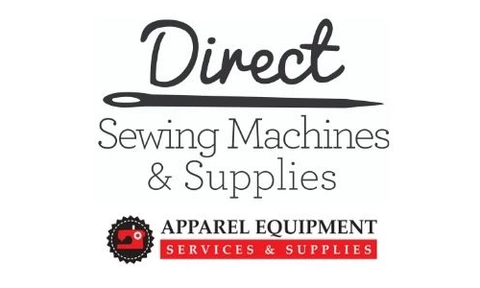What is a Walking Foot Sewing Machine? Your Ultimate Guide

What is a Walking Foot Sewing Machine?
A walking foot sewing machine is an invaluable tool for both amateur and professional sewists. Unlike standard sewing machines, it features a unique attachment designed to provide an extra set of feed dogs for the top layer of fabric being sewn. This mechanism works in tandem with the machine's existing feed dogs, allowing both layers of fabric to move through the machine simultaneously and at the same rate. It's especially useful for managing thick, slippery, or multiple layers of fabric, ensuring they are fed through the machine evenly.
How Does a Walking Foot Sewing Machine Work?
The walking foot, or even-feed foot, attaches to the sewing machine's presser foot bar, replacing the machine's standard presser foot. It's equipped with its own set of feed dogs that work above the fabric. As the sewing machine operates, the walking foot's feed dogs move up and down in sync with the machine's lower feed dogs. This synchronized movement grips both the top and bottom layers of fabric, guiding them through the sewing machine at the same pace.
Understanding the Mechanism of a Walking Foot Sewing Machine
At the heart of the walking foot's success is its ability to prevent the fabrics from shifting or puckering as they're sewn. This is achieved through the coordinated action of the upper and lower feed dogs, which ensures smooth, consistent fabric feeding. The mechanism is designed to be adjustable, accommodating varying thicknesses and types of fabric.
Benefits of Using a Walking Foot on Your Sewing Machine
Utilizing a walking foot attachment can transform your sewing projects by:
- Enhancing fabric control: It offers superior handling of difficult fabrics, like velvet or leather, reducing the risk of slipping or misalignment.
- Improving seam quality: It ensures evenly spaced stitches, crucial for both aesthetic and structural integrity.
- Facilitating multi-layer sewing: Ideal for quilting or working with batting, it keeps layers aligned throughout the sewing process.
Why You Need a Walking Foot for Certain Projects
Certain sewing projects benefit immensely from a walking foot, particularly those involving:
- Quilting: It's essential for sewing through the quilt top, batting, and back, all at once.
- Thick fabrics: When sewing materials like denim or upholstery fabric, a walking foot helps feed the fabric smoothly.
- Pattern matching: It's invaluable for aligning patterns or stripes across seams.
The Importance of Using a Walking Foot for Quilting
Quilting without a walking foot can lead to bunched-up fabrics and uneven stitches. The walking foot's even feed action is crucial for managing the multiple layers typical in quilting, ensuring a flat, professional finish.
How Does a Walking Foot Help with Feeding Multiple Layers of Fabric?
By engaging both the upper and lower layers of fabric, the walking foot ensures that all layers move through the sewing machine at the same rate. This eliminates the common issue of the bottom layer feeding through faster than the top layer, a frequent cause of puckering and misaligned seams.
What are the Key Moments to Use a Walking Foot Sewing Machine?
A walking foot is particularly useful when:
- Quilting: Ensuring smooth, even stitches across multiple layers.
- Sewing stretch fabrics: Reducing distortion and skipped stitches.
- Working with slippery materials: Maintaining fabric position and seam integrity.
- Matching patterns or plaids: Aligning patterns across seams without shifting.
How to Attach and Use a Walking Foot on Your Sewing Machine?
Attaching a walking foot is straightforward:
- Remove the existing presser foot: Loosen the screw that holds the presser foot in place.
- Attach the walking foot: Position the walking foot so its arm is over the needle clamp screw, ensuring it will move with the needle bar.
- Secure the foot: Tighten the screw to fix the walking foot in place.
Step-by-Step Guide to Attaching a Walking Foot on Your Sewing Machine
- Turn off your machine: Safety first.
- Raise the presser foot: Gives you space to work.
- Remove the current foot: Unscrew or unclip it.
- Position the walking foot: Align it so the bar is over the needle clamp.
- Tighten the foot in place: Use a screwdriver if necessary.
- Lower the presser foot: To check it's correctly attached.
Tips for Proper Use of a Walking Foot for Different Sewing Projects
- Test fabric layers: Always test on scrap fabric first.
- Adjust tension if necessary: Depending on fabric thickness, you may need to adjust the tension.
- Use appropriate needles: Match the needle to the fabric type and weight.


